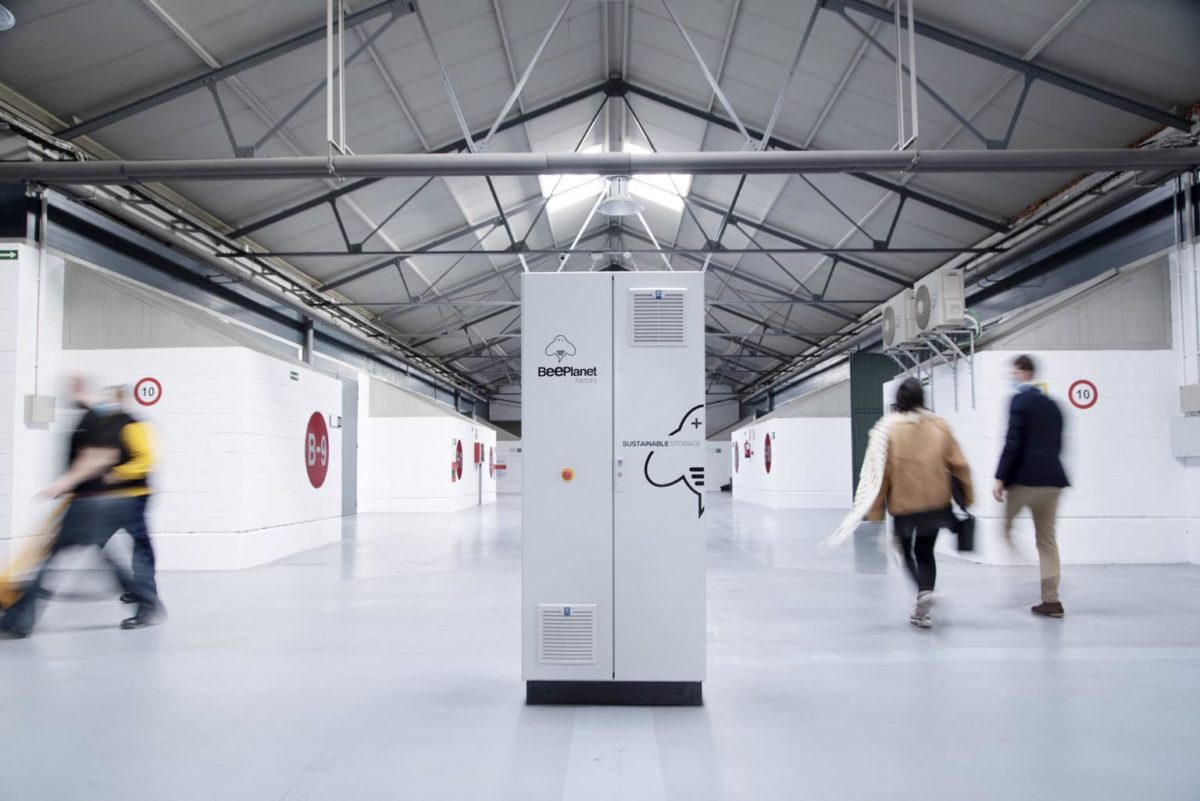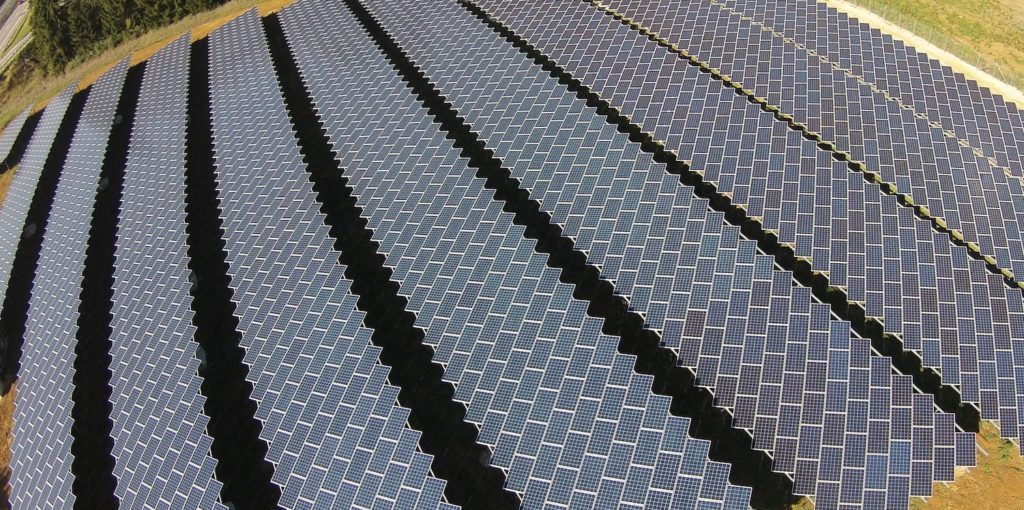From pv magazine Spain
Beeplanet Factory is a Spanish manufacturer of energy storage systems based on discarded electric vehicle batteries. Today it announced the launch of the storage system Power ESS, which is also manufactured from second-life lithium-ion batteries for electric vehicles and is claimed to be an ideal solution for the commercial and industrial, primary, and construction sectors and for being combined with large-scale PV and wind power plants.
It is a flexible and modular system: starting from a 42 kWh rack, it can be expanded by modules connected in parallel up to 1 MWh. “In this way, once we have dimensioned the project, we install the necessary racks, knowing that if capacity needs to be expanded in the future,” the manufacturer said.
The system is also described as “ready to install indoors and outdoors,” with turnkey containerized solutions being offered for outdoor installations. The equipment is made up of minimum replaceable units, which is claimed to increase the lifecycle of the installation. “When we detect, through remote maintenance, that there is a minimum unit (stack, 20 kg in weight) that has reached its capacity limit, we take care of replacing and recycling it,” said the company.
With reinforced insulation on all accessible connectors and contactor failure detection function, the storage system features an IP54 enclosure and high tightness for atmospheres with particles and dust. The system has a guarantee of 4,000 cycles or seven years, and the components come with a two-year guarantee.
According to Beeplanet, the Power ESS system is able maximize the performance of a renewable installation in different sectors. Its main applications include commercial and industrial projects for self-consumption, storage for recharging infrastructure, and storage for microgrids.
In industrial facilities, the battery is said to improve the self-consumption ratio above 90%. In addition, the energy back-up ensures the production process in the event of network problems. In the primary sector, it may improve the performance of solar pumps, solve generation gaps in cloud steps, and save on production processes in the livestock and agricultural sector.
The system is also said to be suitable for energy communities, as it helps regulate voltage and frequency, responds to demand or peak shaving, maximizes the payback of the facilities, and provides auxiliary network services from 1 MWh. Finally, for manufacturers of charging points, it improves network access, speeds up start-up and allows the installation of quick charging at any location.
This content is protected by copyright and may not be reused. If you want to cooperate with us and would like to reuse some of our content, please contact: editors@pv-magazine.com.




By submitting this form you agree to pv magazine using your data for the purposes of publishing your comment.
Your personal data will only be disclosed or otherwise transmitted to third parties for the purposes of spam filtering or if this is necessary for technical maintenance of the website. Any other transfer to third parties will not take place unless this is justified on the basis of applicable data protection regulations or if pv magazine is legally obliged to do so.
You may revoke this consent at any time with effect for the future, in which case your personal data will be deleted immediately. Otherwise, your data will be deleted if pv magazine has processed your request or the purpose of data storage is fulfilled.
Further information on data privacy can be found in our Data Protection Policy.